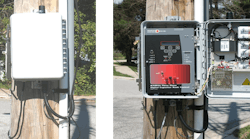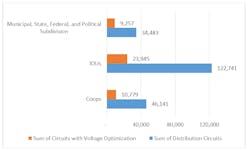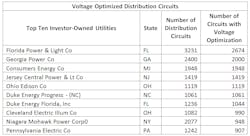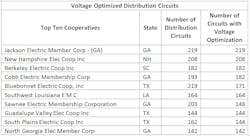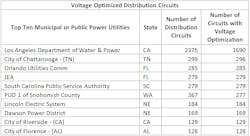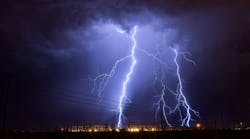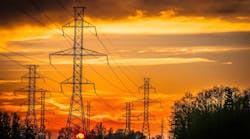A review of BGE’s deployment of Conservation Voltage Reduction technology on a large scale involves cutting customers’ electricity use without asking them to do anything. BGE’s work dovetails in an interesting way with the brief analysis for all 1,964 U.S. electric utilities of their reported percentages of distribution circuits with voltage optimization, which follows the BGA announcement below.
CVR lowers energy consumption by reducing the voltage delivered to air conditioners, home appliances and industrial machinery. If you reduce voltage at a customer’s service point, you also reduce the amount of energy they use - with no effect on their daily routines.
Utilities, including BGE, have been using this technology on a limited scale for years to respond to Maryland’s energy goals. In 2008, the state required a 15% reduction in energy consumption and peak demand by 2011, then the Maryland Public Service Commission directed electric utilities to develop CVR programs.
Smart grid technologies made CVR increasingly cost effective, and BGE pushed its own enhancements forward, too.
The BGE team researched and sampled new equipment. They worked with vendors to find the right technology. Today, BGE is the first utility in the country to start a large-scale CVR deployment.
By the end of 2015, about 20 percent of the BGE electric distribution system will be on CVR, and deployment is expected to continue until 2019. At full deployment, it is expected that CVR will save customers more than 250,000 megawatt-hours of electricity while reducing BGE’s overall peak usage by more than 80 megawatts.
"Using less energy has many benefits, including less carbon emissions, less demand on the grid, and less need for investment in power plants and utility infrastructure. It can even mean lower energy bills," said Eric Wedemeyer, Engineering Technician in BGE’s Distribution Automation and Technology Group. "These are brand new technologies that are still being introduced to the industry, and we believe we are a pioneer in the CVR space."
Related Trend Analysis on Voltage Optimization, using EIA data:
A review of the most recent data on 1,964 U.S. utilities shows levels of utilization of voltage optimization based on each utility’s number of distribution circuits.
When it comes to distribution system optimization, in the spirit of stepping backwards to jump further, it is worthwhile to take a look at where our industry stands.
The 1,964 utilities in the U.S. reported a total of 203,485 distribution system circuits in the most recently-available report from the Energy Information Administration. The reporting of voltage optimization installations on these circuits does not qualify the level of optimization or quantify the relative lengths of those circuits (so, for example, the strides by a leader in Conversvation Voltage Reduction, Exelon’s Baltimore Gas & Electric, don’t necessarily show up--BGE reported to EIA in 2015 a level of optimization on 271 of its 1,574 circuits).
